Artemis I launch scrubbed as engine problem defies fast fix

NASA was forced to scrub the much-anticipated first flight of its Space Launch System rocket early Monday after a series of problems with the rocket and the fueling procedures prevented it from lifting off.
The space agency had been planning to launch the massive rocket and the Orion spacecraft, without any astronauts on board, on a trajectory toward the moon as part of its Artemis program. Now it will have to stand down and reassess problems with the complicated vehicle that has suffered delays and setbacks for years.
Engineers struggled to get one of the booster’s RS-25 engines chilled to the correct temperature by running liquid hydrogen through it. Engineers tried a series of fixes, but none worked.
NASA ran into a similar problem in June during a fueling test known as a “wet dress rehearsal,” and knowing it could be a problem for the launch, NASA officials said it would be a key hurdle to clear before launch.
“This is something they wanted to test during wet dress four but were unable to,” Derrol Nail, a NASA broadcaster, said during the agency’s live stream of the launch attempt. “So this was the first opportunity for the team to see this live in action. It’s a particularly tricky issue to get that temperature dialed in.”
In the days leading up to the launch, NASA officials had tried to manage expectations, saying repeatedly that the flight was a test to see how the rocket performs in real-world conditions and warned they would likely encounter problems along the way.
In an interview last week, NASA Administrator Bill Nelson said that despite all the excitement surrounding the launch, “I want to remind people this is a test flight. We’re going to stress this thing in a way that we would never do with humans on board. And so I just want to bring everybody back to reality.”
On Saturday, Mike Sarafin, NASA’s Artemis mission manager, said that the launch “could scrub for any number of reasons. We’re not going to promise that we’re going to get off on Monday. We could have weather, we could have technical issues or we could have a range and public safety hold and or a combination of those.”
Still, it is a setback for the agency, which very much wanted the launch to go well. NASA has backup launch dates on Sept. 2 and 5, but it was not immediately clear when it might try to launch again.